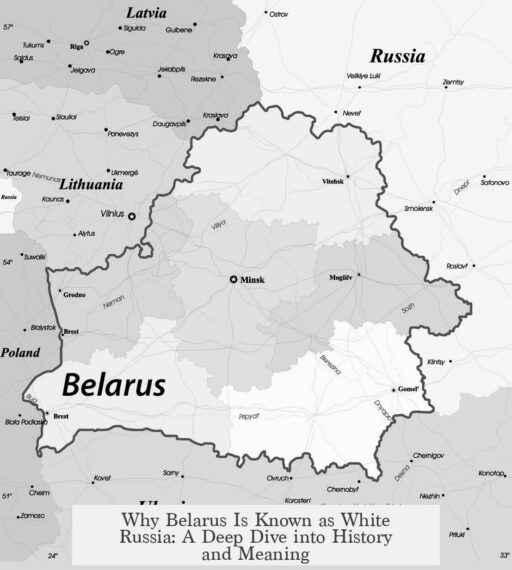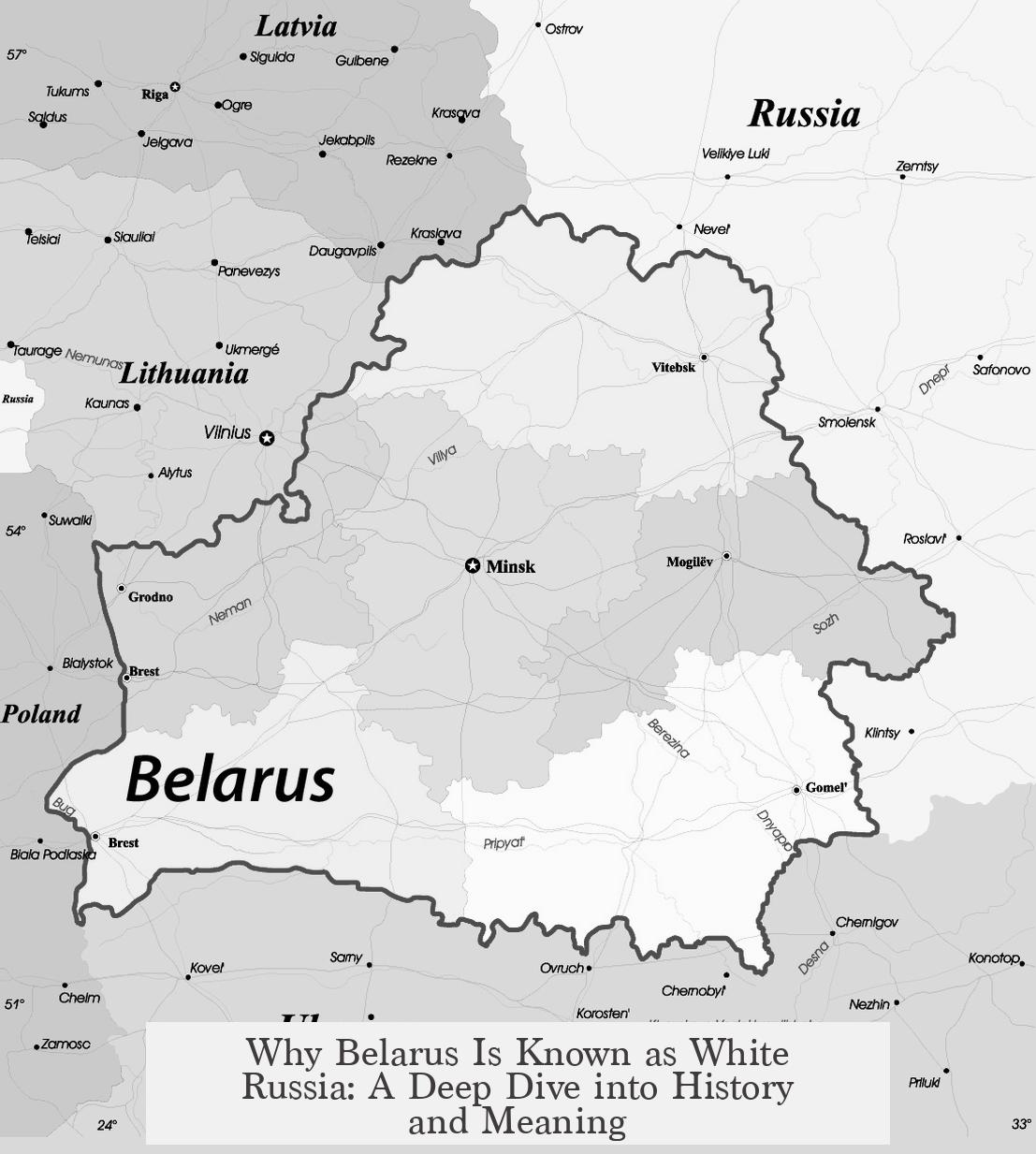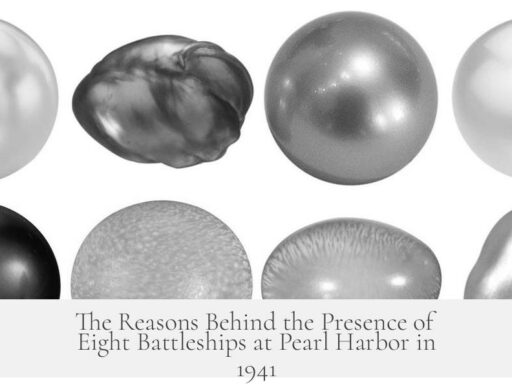Belarus is called White Russia because its former name, Belorussia, literally means “White Russia” in Russian. This designation relates to historical and regional distinctions within Eastern Slavic lands, where colors identified different parts of Rus’. However, the exact reason why “white” was chosen remains unclear.
Historically, the lands of Rus’ were divided into regions marked by colors: White Russia (modern Belarus), Black Russia (western Belarus), Red Rus (parts of Poland and Ukraine), Great Russia (central Russia around Moscow), and Little Russia (largely Ukraine). These color terms served as geographical or cultural identifiers among Slavic peoples.
Theories explain the label “White Russia” in various ways, but no definitive explanation exists. One idea suggests that colors corresponded to cardinal directions in Slavic tradition, making “White Rus'” the northern Rus’ lands. Another theory points out that “Rus” refers broadly to the ancestral territory common to Belarus, Russia, and Ukraine, while “Russia” later became the name of a distinct state centered on Moscow. The colored names helped distinguish these regions.
Belarusian historians and linguists also note the influence of political and linguistic shifts. During the 18th and 19th centuries, the Russian Empire promoted an idea that Belarusian and Ukrainian were Russian dialects, strengthening the connection reflected in the name. English and other languages often treat these identities ambiguously, blending “Belarus” and “White Russia.”
Among the explanations, scholar Ales Bely proposes that “Ruthenia Alba” (Latin for White Rus) originated in Western medieval scholarship and possibly stems from Arabic sources. Interestingly, the term applied first to Novgorod lands and migrated over centuries to the region now called Belarus. This migration suggests the “white” label carries no inherent local meaning but is a transferred term.
In the 19th century, Belarusian nationalists chose the name Belarus to emphasize national identity. They preferred it over other proposed names like Kryvia or Litwa (Lithuania), the latter already claimed by Lithuanians. This choice helped solidify a modern Belarusian national concept distinct from Russian or Polish influences.
- “White Russia” is a literal translation of Belorussia, Belarus’s old name.
- Colors marked different historical Rus’ regions: White (north), Black, Red, Great, and Little Rus.
- The exact reason for “white” remains uncertain, with possible links to direction or medieval naming conventions.
- Ales Bely suggests “Ruthenia Alba” originated as a Western medieval, possibly Arab-influenced, term that shifted geographically.
- 19th-century Belarusian nationalists adopted Belarus to build a separate national identity.
Why Belarus Is Called White Russia: The Curious Case of a Colorful Name
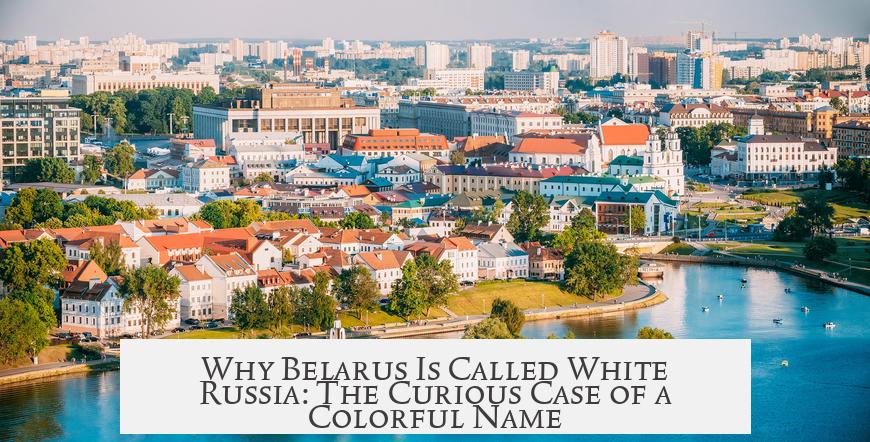
Belarus is called White Russia because its name, Belorussia in Russian, literally means “White Russia.” But why exactly “white”? Well, that’s where things get interesting—and a little mysterious! The answer isn’t straightforward, and several theories exist, none definitive, adding layers to this colorful historical puzzle.
Ever notice how some regions get a splash of color in their names? Belarus isn’t alone. Historically, Eastern Europe featured names like Black Russia, Red Rus, and Little Russia. These colors weren’t just random decoration. They helped distinguish different territories connected by a common heritage called “Rus.”
The Colorful Compass of the Slavs
Slavic tribes used colors as symbols for cardinal directions—think of it like an ancient GPS, but painted in colors. White often stood for the north. So “White Rus” could simply mean the northern part of the Rus lands. This fits because Belarus lies north relative to some of the other “Rus” regions, like Red Rus or Black Russia (modern western Belarus).
Ever heard of White Croats or White Serbs? The “white” tag isn’t unique to Belarus. It’s a surviving piece of how Slavic people marked their world.
The Rus vs. Russia Mix-Up
This might be the most confusing part. People often think of Russia as the only heir to the ancient Rus lands. But Rus wasn’t Russia. Rus was a medieval East Slavic state founded in the 9th century by Vikings. It later fragmented into principalities that evolved separately—leading to the Belarusian, Ukrainian, and Russian peoples we know today.
So Rus ≠ Russia. One is a medieval ancestor; the other is a modern country, midway along a long historical fork in the road.
When History Meets Politics and Propaganda
Here’s where things get tricky. The Russian Empire, in its 18th and 19th century expansion, tried to label Belarusian and Ukrainian cultures as mere dialects of Russian. This was political, aiming to justify conquest and rule. The English language often mirrors this ambiguity by calling Belarus “White Russia” or Russians “Russians” without addressing these distinctions.
Names can be weapons in history’s hands. So, calling Belarus “White Russia” sometimes reflects outside attempts to blur national identities.
Ales Bely’s Historical Sherlocking
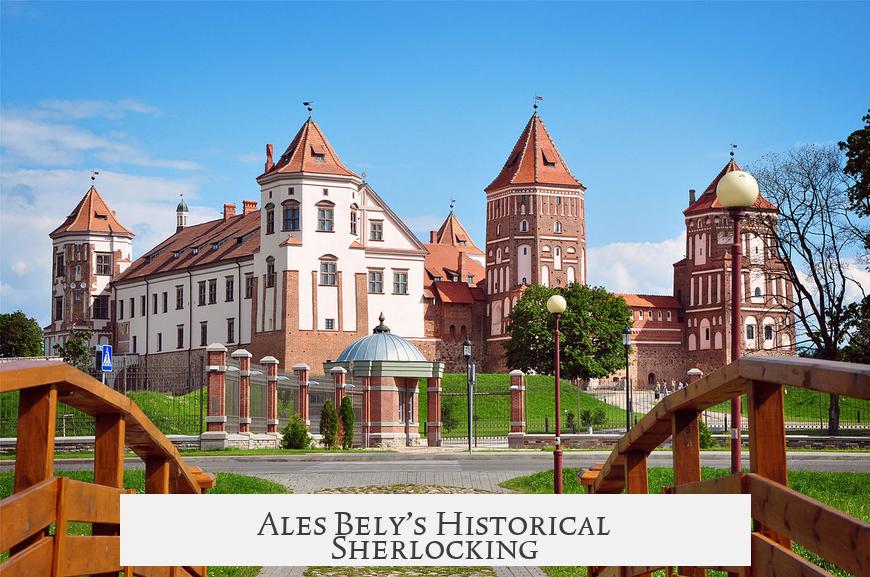
A modern Belarusian historian, Ales Bely, offers the most accepted explanation today: “Ruthenia Alba,” or White Rus in Latin, was a term coined by Western medieval scholars—possibly inspired by Arabian sources. It wasn’t originally tied to Belarusian lands.
Interestingly, “Ruthenia Alba” was used mainly for Novgorod’s lands for centuries. About 500 years ago, the name migrated to what we now call Belarus. This shows “White” was a migrating label—not something inherently ‘white’ about the land or people.
Nationalism’s Colorful Choice
In the 19th century, Belarusian nationalists needed a name that resonated. They chose Belarus (White Rus) because it had some recognition and felt meaningful. They first considered “Litwa” (Lithuania), but that was already taken by Lithuanian nationalists. Another candidate, Kryvia, just didn’t catch on.
Names matter. For nationalists, picking “Belarus” was a way to anchor identity while distinguishing from their powerful neighbors.
So What Does “White” Really Mean?
The honest answer: Nobody knows for sure. There are loads of romantic folk theories within Belarus itself, but none hold up under close scrutiny. It’s likely the term “white” started as a directional descriptor, was adopted by Western scholars, carried around for centuries, and finally stuck.
Think of it like a nickname that traveled. The original meaning got lost, but the name stayed—like calling someone “Red” because they once had red hair generations ago, even if now they’re bald.
Why This Matters Today
Understanding why Belarus is called White Russia is more than a linguistic curiosity. It reflects how history, culture, language, and politics intertwine to shape identities. It also reminds us to pause before accepting simple names at face value—especially when they carry heavy historical baggage.
So next time you hear “White Russia,” ask: Who’s telling the story? What story are they telling? And does “white” mean what we think it means?
Summary: The Palette of History Behind White Russia
| Fact | Details |
|---|---|
| Origin | Belarus from Belorussia, literally “White Russia” in Russian. |
| Slavic Color Directions | White = North; used to distinguish regions (White Rus = Northern Rus). |
| Rus ≠ Russia | Rus = medieval East Slavic state; Russia is later successor state. |
| Historical Name Shift | “Ruthenia Alba” originally Novgorod; moved to Belarus lands ~500 years ago. |
| Political Influence | Russian Empire’s propaganda blurred Belarusian/Ukrainian vs. Russian identities. |
| Nationalism | 19th-century Belarusian nationalists chose Belarus for national identity. |
| Meaning of White | No definitive answer; mostly accepted as directional/color term by historians. |
Now that we’ve peeled back some layers, what’s your take? Does White Russia feel more like history, politics, or linguistic quirk? Share your thoughts—maybe together we can unravel the final splash of color in Belarus’s story.
Why is Belarus called White Russia?
Belarus means “White Russia” in Russian. This name comes from historical use of colors to describe regions in Eastern Europe such as White Rus, Black Rus, and Red Rus. White Rus referred to lands in the north, roughly corresponding to modern Belarus.
What does the “white” in White Russia actually mean?
There is no clear answer. Some theories say “white” relates to cardinal directions, others suggest it was a medieval term used by Western scholars. It may not have a specific meaning tied to the land itself, as the name shifted regions over time.
How did the name White Russia evolve historically?
The name “Ruthenia Alba” or White Rus was first used to describe Novgorodian lands. Around 500 years ago, the term moved to describe what is now Belarus. This migration shows the “white” label was not fixed to one place historically.
Was the name Belarus chosen for political reasons?
In the 19th century, Belarusian nationalists picked the name Belarus to promote a distinct national identity. They preferred it over other choices and avoided mixing it with Lithuanian claims. The name helped assert Belarusian culture separate from Russia.
Is White Russia the same as Russia today?
No. Rus refers to an old region that included ancestors of Belarusians, Ukrainians, and Russians. Over centuries they developed their own languages and cultures. Belarus is distinct from modern Russia despite the shared historical term “Rus.”
